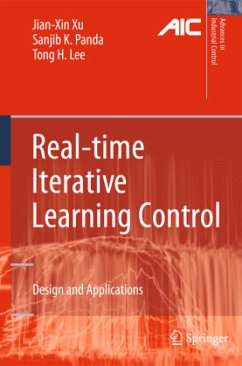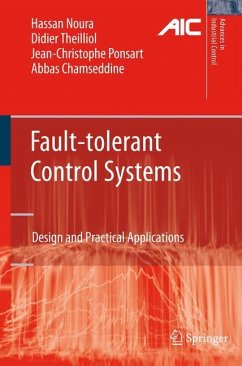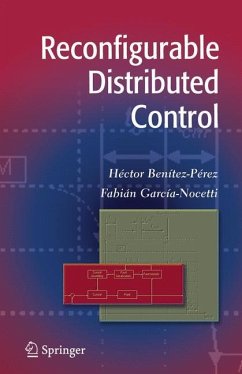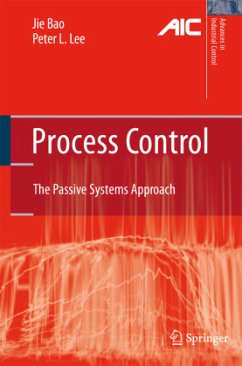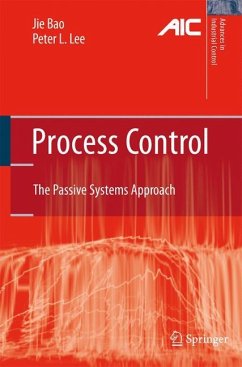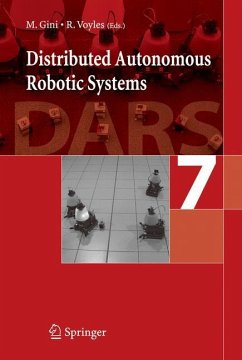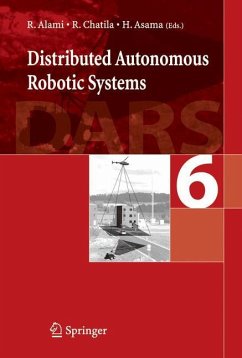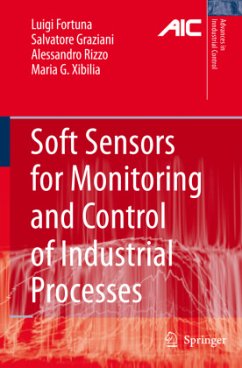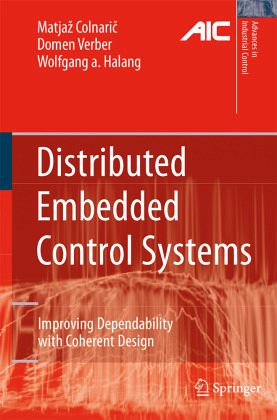
Distributed Embedded Control Systems
Improving Dependability with Coherent Design
Versandkostenfrei!
Versandfertig in 1-2 Wochen
115,99 €
inkl. MwSt.
Weitere Ausgaben:

PAYBACK Punkte
58 °P sammeln!
Very often, practical design of embedded systems lacks consistency resulting in computer control systems that do not provide the performance they should. Most notably they lack dependability, a key property now that programmed electronic devices are so pervasive, even in extremely safety-critical applications.Distributed Embedded Control Systems handles the domains encountered when designing a distributed embedded computer control system as an integrated whole. First to be discussed are some basic issues about real-time systems and their properties, specifically safety. Then, system and hardwa...
Very often, practical design of embedded systems lacks consistency resulting in computer control systems that do not provide the performance they should. Most notably they lack dependability, a key property now that programmed electronic devices are so pervasive, even in extremely safety-critical applications.
Distributed Embedded Control Systems handles the domains encountered when designing a distributed embedded computer control system as an integrated whole. First to be discussed are some basic issues about real-time systems and their properties, specifically safety. Then, system and hardware architectures are dealt with: areas like scheduling, asymmetrical distributed multiprocessor architectures, time-triggered communications, middleware, fault-tolerant peripherals, etc. Next, programming issues, embodying desired properties, basic language subsets, object orientation and language support for hardware and software specifications and co-design are elaborated and finally, the prototype implementation of a distributed embedded control system is given as a detailed example.
Different audiences will find much of interest in this work: industrial professionals are given guidelines for the design of embedded hardware and software with fault tolerance that will help them to decide which methods, tools and solutions they should employ and to which features they should pay attention. Academics have a new source of solutions and further questions to stimulate research and it will also be informative for graduate students in electrical, control and computer engineering.
Distributed Embedded Control Systems handles the domains encountered when designing a distributed embedded computer control system as an integrated whole. First to be discussed are some basic issues about real-time systems and their properties, specifically safety. Then, system and hardware architectures are dealt with: areas like scheduling, asymmetrical distributed multiprocessor architectures, time-triggered communications, middleware, fault-tolerant peripherals, etc. Next, programming issues, embodying desired properties, basic language subsets, object orientation and language support for hardware and software specifications and co-design are elaborated and finally, the prototype implementation of a distributed embedded control system is given as a detailed example.
Different audiences will find much of interest in this work: industrial professionals are given guidelines for the design of embedded hardware and software with fault tolerance that will help them to decide which methods, tools and solutions they should employ and to which features they should pay attention. Academics have a new source of solutions and further questions to stimulate research and it will also be informative for graduate students in electrical, control and computer engineering.






